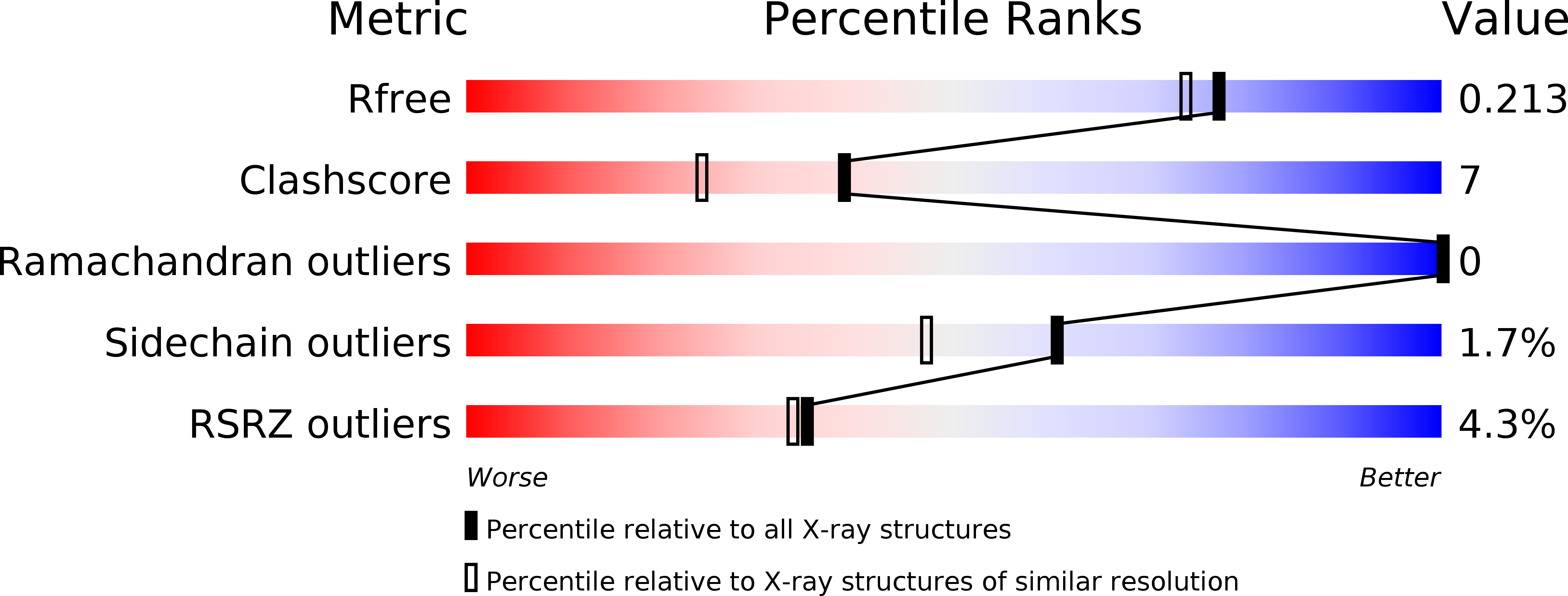
Deposition Date
2005-09-06
Release Date
2005-09-29
Last Version Date
2024-10-16
Entry Detail
Biological Source:
Source Organism:
SULFOLOBUS TURRETED ICOSAHEDRAL VIRUS (Taxon ID: 269145)
Host Organism:
Method Details:
Experimental Method:
Resolution:
1.86 Å
R-Value Free:
0.20
R-Value Work:
0.17
R-Value Observed:
0.17
Space Group:
I 2 2 2


